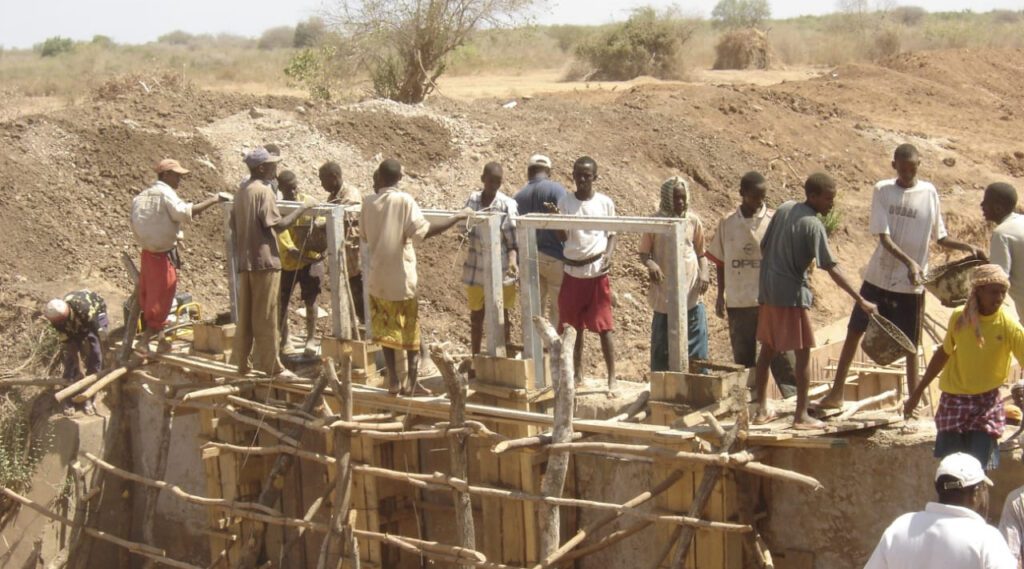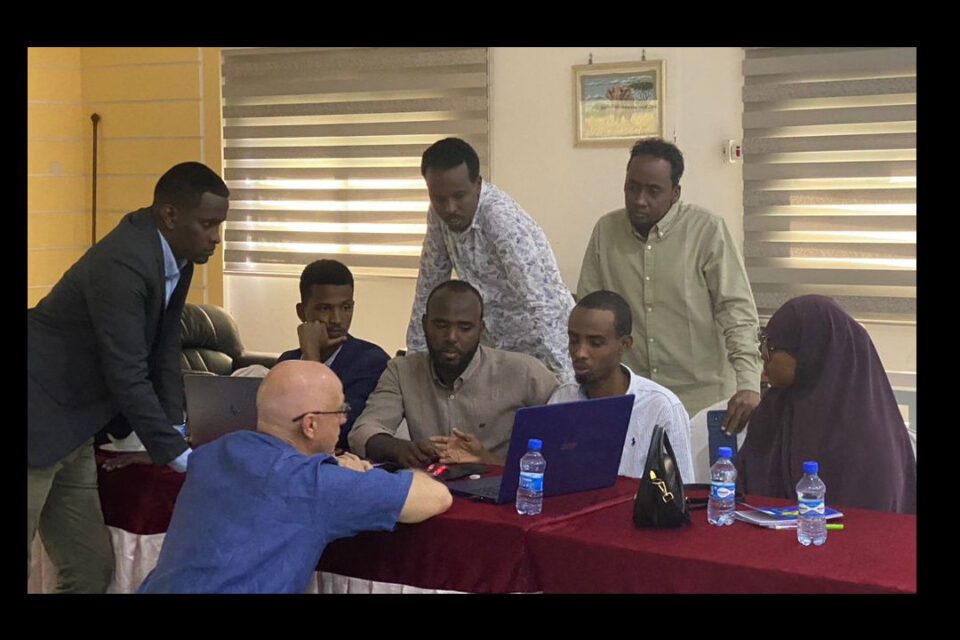The title of this post may be an exaggeration. For sure, there are many qualified water professionals who can prepare a good ToR for a bankable project. Then again, it is also true that there is (too) often a disconnect between water resources strategies and plans and the actual implementation of water projects. Even when funding is available, and even when everybody agrees that these projects are necessary and urgent.
I think the missing link is often the transformation of the respective action plans into a set of effective ToRs and associated project documents. While some water projects are run-off-the-mill, most are in fact complicated. Project design in this case will require a dedicated effort—for which time and budget must be allocated.
An example is the Strategic Action Plan (SAP) for the Shabelle in Somalia, which was published in January 2022. This plan includes over 125 action points. The proposed interventions range from small to very large. Hence concretizing the SAP for implementation—which is, obviously, the ultimate goal—involves preparing ToRs for over 125 projects. This is a major undertaking.
There is another point I wish to make. From experience I know that a poorly drafted ToR—one that is vague or ambiguous, and without clearly specified or unrealistic deliverables—is among the prime causes why projects are completed behind schedule, over budget, do not meet expectations, or simply fail.
Thus, it’s not just that we need ToRs; we need good ones.
And that requires a budget. Hence it is advised to plan, from the outset, for the preparation of (many) good quality ToRs when investing in water resources action plans or strategies. That is the key take-away from this post. It may sound obvious but in fact rarely happens.
The next question is: who is going to prepare these clear, realistic, and well-defined ToRs?
Ministry and agency staff members—the obvious candidate for this task—are usually overwhelmed by day-to-day activities, coordination meetings with diverse stakeholders, and emergencies. It leaves little ‘undisturbed’ time to carefully think through all aspects of the design and implementation of a complicated water resources project. In my experience, most hard ‘technical substance’ work by ministry and agency personnel is done over the weekend (in their spare time—free from disturbances).
Thus, most ToRs are prepared in a collaborative effort by ministry staff and consultants. The risk here is that the consultant loses touch with his/her client and completes the ToR without meaningful input by all relevant stakeholders and a full understanding of the contextual environment and the associated constraints. Hence, a dedicated effort must be made to involve ministry/agency staff in all crucial project design decisions. This should be obvious, but, once again, does not always happen in practice.

Working Session on Preparing Terms of References for Complicated Water Resources Projects
GIZ funded the preparation of the Basin Diagnostic and Strategic Action Plan (SAP) for the Shabelle River Basin in Somalia. As discussed above, the SAP was published in January 2022. It included over 125 action points.
A follow-up event was organized in February 2023 in Mogadishu, also funded by GIZ and implemented by adelphi consult GmbH. A group of 12 staff members from the Ministry of Energy and Water Resources (MoEWR) at Federal and State level, together with staff members from related line ministries and agencies, were trained in preparing ToRs for complicated water resources projects.
In a practical 5-day working session, ToRs were prepared jointly by the trainees and the trainer for three interventions that had been selected (among others) for accelerated implementation:
- Conduct a LiDAR scan and produce a hydrologically correct Digital Elevation Model (DEM) of the alluvial zone of the Shabelle in Somalia
- Establish an accurate rating curve for Beledweyne hydro station, and
- Assess the performance and functionality of the existing levee system along the Shabelle in Somalia.
The principal objective of this hands-on working session was to develop skills in preparing ToRs, and to demonstrate how the collaborative effort between ministry staff and a consultant works in practice. The team jointly defined project outputs such as deliverables, scope, level of detail, quality, implementation schedule, delivery date, etc. The team also considered coordination mechanisms, input provided by the client or third parties, budget, and other aspects.
The event also served to transfer specific technical knowledge regarding a range of technical subjects related to the respective ToRs to the trainees. Further, the working session resulted in three concrete ToRs that are the core of (a) project document(s) that is next to ready for funding.
For those interested, the Basin Diagnostic and Strategic Action Plan for the Shabelle River in Somalia can be downloaded here.
Other posts about the Shabelle basin:
Preparing a Terms of Reference for a LiDAR scan of the Shabelle in Somalia: Lessons learned
What makes water systems vulnerable? The case of irrigated agriculture along the Shabelle in Somalia
Can we predict extreme floods?
Is there a role for Nature Based Solutions to reduce floods in the dryland zone?
Strengthening levees with geotextiles-tubes in the Shabelle basin
